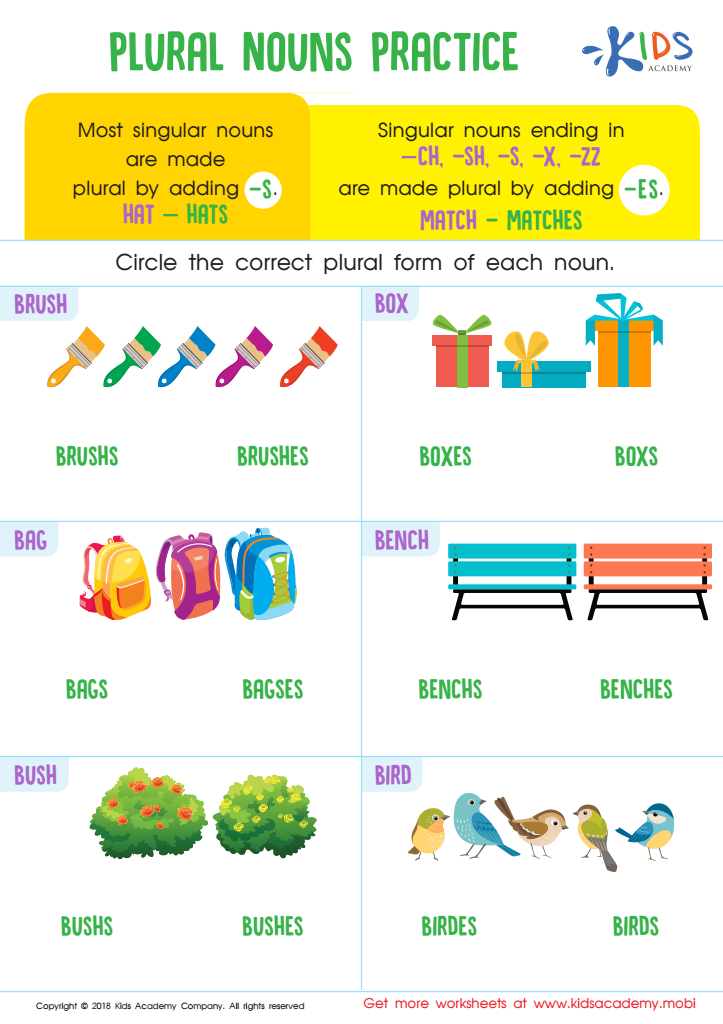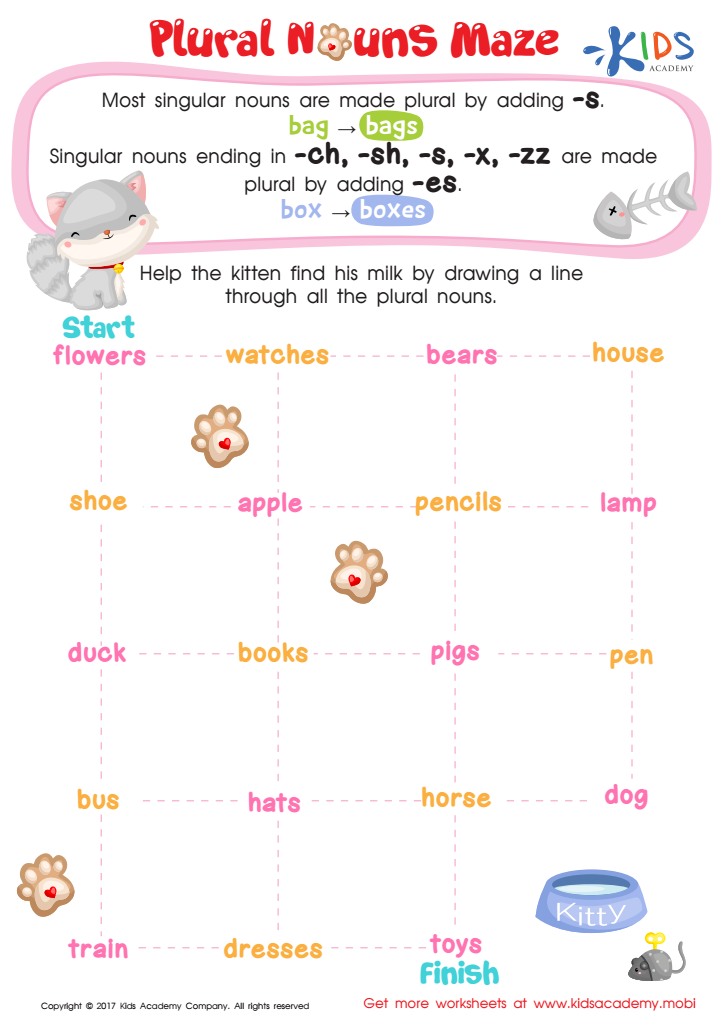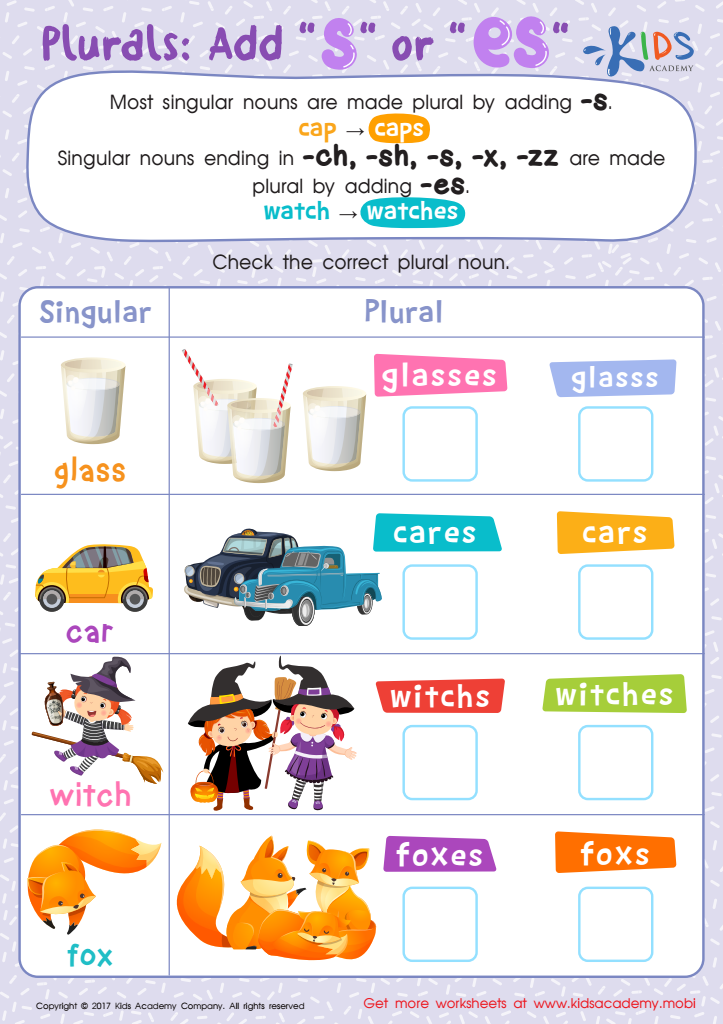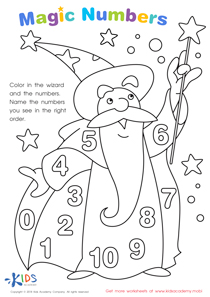Understanding plurals Extra Challenge Worksheets for Ages 4-5
3 filtered results
-
From - To
Discover our "Understanding Plurals Extra Challenge Worksheets for Ages 4-5" designed for young learners to master plural formations. These engaging, interactive worksheets are packed with enjoyable exercises that help kids differentiate between singular and plural nouns. Perfect for both in-class activities and at-home practice, our worksheets not only bolster early reading skills but also enhance critical thinking. Tailored specifically for preschoolers and kindergartners, the vibrant illustrations and approachable tasks ensure that young students remain enthusiastic and confident as they develop fundamental grammar skills. Start your child’s language journey with our exciting plurals challenge today!


Plural Nouns Practice Worksheet


Plural Nouns Maze Worksheet


Plurals: "–es" or "–es"? Worksheet
Understanding plurals is a foundational linguistic skill for young children aged 4-5, and it plays a critical role in their overall language development. At this age, children are just beginning to expand their vocabulary and grammatical knowledge. Introducing the concept of plurals helps children understand that words can change form to reflect differences in quantity, enhancing their cognitive and linguistic flexibility.
For parents and teachers, focusing on this skill is crucial because it directly impacts a child's ability to communicate effectively. When children grasp the concept of plurals, they can more accurately express their thoughts and understand what others are saying. This understanding aids in the development of both oral and written language skills, setting the stage for future literacy achievements.
Moreover, learning plurals also fosters critical thinking. It challenges children to observe patterns and rules in language, thus promoting problem-solving skills. For example, understanding why "cat" becomes "cats" but "mouse" becomes "mice" involves recognizing and remembering exceptions to general grammatical rules.
In summary, paying attention to learning plurals in early childhood education provides a solid foundation for advanced language skills, empowers clearer communication, and enhances cognitive development. Parents and teachers who invest in teaching this concept contribute significantly to the child's linguistic confidence and overall academic success.
 Assign to My Students
Assign to My Students




















